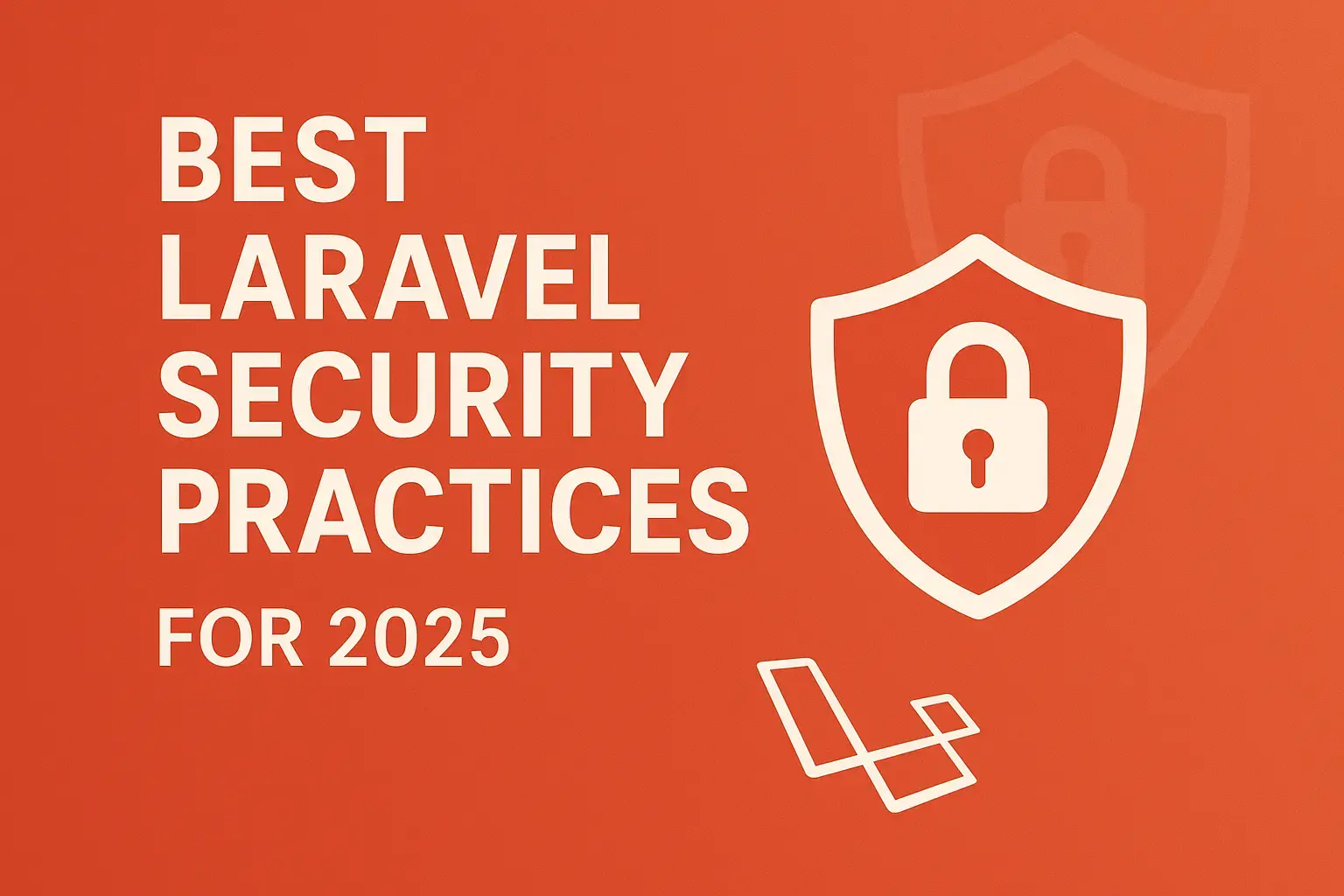Published on August 10, 2025
Remote coding jobs in the US have surged in popularity, especially after the rise of remote work culture globally. If you're a software developer or coder looking to land a remote position with a US-based company, you’re in the right place. This comprehensive guide will walk you through each step, from acquiring the right skills to nailing your interview and landing your dream remote coding job.
Why Pursue a Remote Coding Job in the US?
Remote coding jobs offer flexibility, work-life balance, and the opportunity to collaborate with top tech companies in the US without relocating. Plus, US companies often offer competitive salaries and exposure to cutting-edge projects.
Step 1: Build Strong Coding Skills and a Portfolio
Before applying for any remote coding job, ensure your skills are up to date. Here’s how:
- Master the Fundamentals: Understand core programming concepts such as data structures, algorithms, and object-oriented programming.
- Learn Popular Languages: Focus on languages in demand in the US market such as JavaScript, Python, Java, or C#.
- Build Real Projects: Create personal or open-source projects to showcase your skills.
- Contribute to GitHub: Maintain a GitHub profile with your projects and contributions. This is often reviewed by recruiters.
- Practice Coding Challenges: Use platforms like LeetCode, HackerRank, and Codewars to prepare for technical interviews.
Step 2: Prepare a US-Focused Resume and Online Profiles
Your resume and online presence are critical when applying to US companies.
- Tailor Your Resume: Use a clean, professional format. Highlight your remote work experience and relevant skills.
- Include Keywords: Use keywords from the job description to pass applicant tracking systems (ATS).
- LinkedIn Optimization: Create a detailed LinkedIn profile with a professional photo, clear headline, and endorsements.
- Portfolio Website: Consider building a personal website showcasing your projects, skills, and contact information.
Step 3: Search for Remote Coding Jobs on Trusted Platforms
Finding legitimate remote jobs is key. Here are some platforms to explore:
Set up job alerts on these platforms to stay updated.
Step 4: Apply Strategically and Customize Each Application
Don’t just mass apply. Quality over quantity works better.
- Read the Job Description Carefully: Understand the role, required skills, and company culture.
- Customize Your Cover Letter: Address how your skills and experience match the specific job.
- Follow Application Instructions: Some companies request coding tests or sample projects.
- Network: Reach out to current employees or hiring managers on LinkedIn politely to express interest.
Step 5: Prepare for Remote Coding Interviews
Interviews for remote coding jobs can be rigorous. Prepare well by focusing on:
- Technical Assessments: Practice live coding, whiteboard problems, and take-home assignments.
- Behavioral Questions: Be ready to discuss remote work experience, communication skills, and time management.
- System Design: For senior roles, prepare for system design questions.
- Use the Right Tools: Familiarize yourself with Zoom, Google Meet, or other video conferencing software and coding platforms like CoderPad or HackerRank.
Step 6: Showcase Remote Work Skills
Remote jobs require more than coding skills. Highlight your remote work competencies such as:
- Self-motivation and discipline
- Strong communication skills
- Time management and ability to meet deadlines independently
- Familiarity with collaboration tools like Slack, Jira, and Git
Step 7: Negotiate Salary and Understand Remote Work Policies
Once you get an offer:
- Research Salary Ranges: Use resources like Glassdoor or Levels.fyi to benchmark US salaries.
- Discuss Benefits: Ask about healthcare, equipment, paid time off, and remote work stipends.
- Clarify Work Hours: Confirm time zone expectations and core working hours.
Bonus Tips for Success
- Build a Professional Network: Join remote developer communities on Slack, Discord, or Reddit.
- Keep Learning: Stay updated with new technologies and frameworks.
- Maintain a Dedicated Workspace: Create a distraction-free environment for productivity.
Conclusion
Getting a remote coding job in the US requires preparation, persistence, and strategic job hunting. By building the right skills, optimizing your applications, preparing thoroughly for interviews, and showcasing your ability to work remotely, you can successfully land a fulfilling remote developer role with a US company. Start today by enhancing your portfolio and setting up profiles on trusted job platforms!

